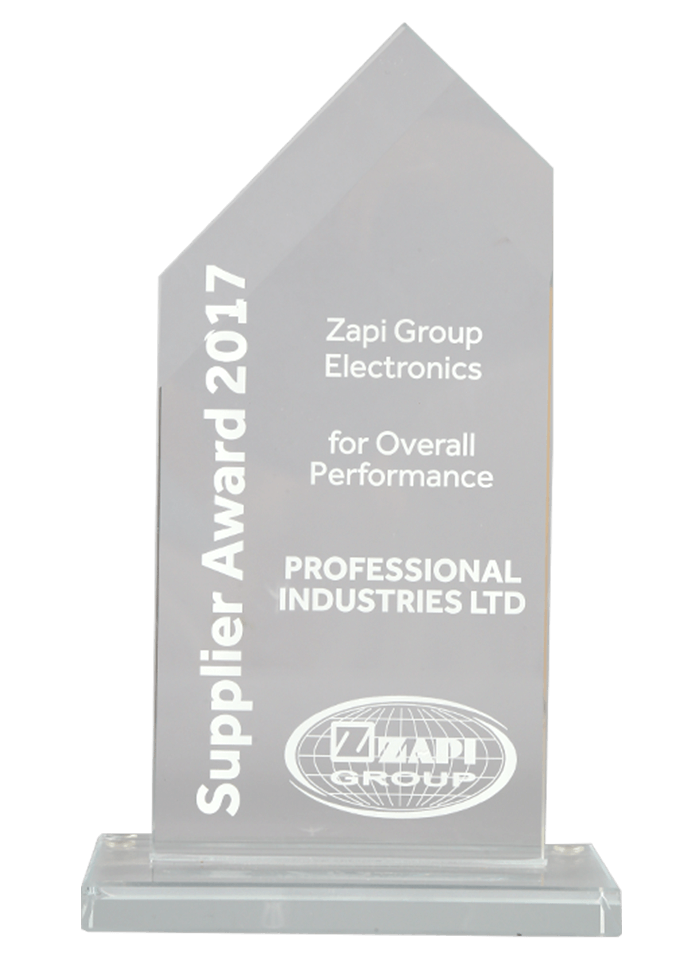Time:2022-11-21 Preview:
The switch, especially the access layer switch, is the equipment that we contact most in daily network fault maintenance. They are bridges between users and switching and routing devices. However, no matter how good the performance of the switch equipment is, there will be potential problems. Just like people, no matter how healthy they are, there are always some small problems. It is good to be able to stop them in the future. It is said that occasional problems are unavoidable, but they should be dealt with in a timely manner after the fault occurs, and the fault point should be found and eliminated as soon as possible. To do this, it is necessary to understand the types of switch failures and the ability to analyze and handle them. Generally speaking, common failures of network switches include power failure, port failure, module failure, etc. Next, let Wuhan Hailing Optoelectronics Department introduce the common faults of the network switch in detail. Let's see.

1. Power failure: the power supply is damaged or the fan stops running due to unstable external power supply, aging power cord or lightning stroke. Or because of the power supply, other parts of the machine are damaged, and the switch will have problems.
If the POWER indicator on the switch panel is green, it indicates that it is normal; If the LED is off, the switch is not powered normally. Such problems are easy to find, solve and prevent.
For such faults, the first thing to do is to provide external power. Generally, independent power supply and voltage regulator are provided by introducing independent wires to avoid transient high voltage or low voltage. If conditions permit, an uninterruptible power supply can be added to ensure the normal power supply of the switch. Some UPS provide voltage regulation, while others provide voltage regulation. Be careful when selecting. Set professional lightning protection measures in the machine room to avoid damaging the switch by lightning. There are many professional companies doing lightning protection engineering, which can be considered when implementing network cabling.
2. Port fault: The whole network is running normally, but individual machines cannot communicate normally.
Cause of failure: This is the most common hardware failure. Be careful when plugging and unplugging connectors, whether it is an optical fiber port or a twisted pair RJ-45 port. If the optical fiber plug is accidentally dirty, the optical fiber port may be polluted and cannot communicate normally. We often see that many people prefer live plug connectors, which is theoretically possible, but this inadvertently increases the port failure rate. Improper handling will also cause physical damage to the port. If you buy a larger crystal head, it is easy to damage the port by inserting it into the switch. In addition, if the twisted pair of the connection port is exposed outdoors and the cable is struck by lightning, the port of the connected switch will be damaged, or more unpredictable damage will be caused.
Solution: Generally speaking, the port failure is the damage of individual ports. Check the problem computer first. After troubleshooting the computer connection port, you can replace the connected port to determine whether it is a port problem. If the port is replaced and the problem can be solved later, we can further determine the cause of the port. After power failure, clean the port with an alcohol swab. If the port is really damaged, the only way is to replace the port. In addition, be careful when plugging and unplugging the connector, whether it is an optical fiber port or a twisted pair RJ-45 port. Hot line operation is not recommended during plugging.
3. Module failure: The switch is composed of many modules, such as stacking module, management module (i.e. control module), expansion module, etc. These modules have different external interfaces. Some faults can be identified by the indicators on the module.
 Related News
Related News·Ten steps for CNC machining ·Equipment characteristics and daily maintenance of CNC tooth rolling machine ·How to choose the original position of injection molding mold custom processing workpiece ·Processing Center Control System ·What are the main raw materials used for hardware processing and molding ·Current problems in energy storage box manufacturing ·How to reduce the welding method of CNC processing parts? ·Advantages of CNC processing aluminum alloy materials ·CNC machining component surface processing method and factors to be considered ·Use characteristics of non -standard part processing Non -standard part processing equipment is also


